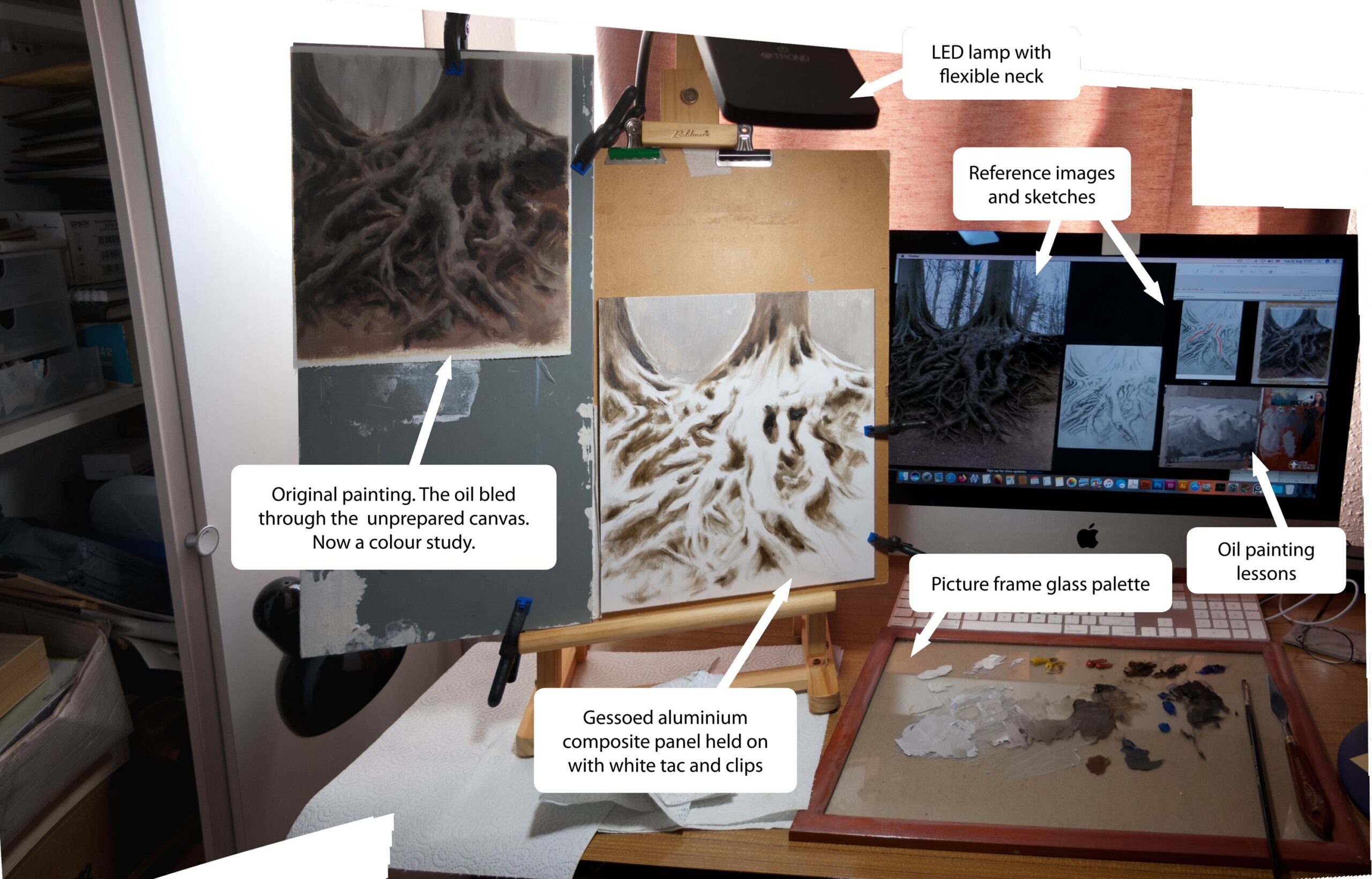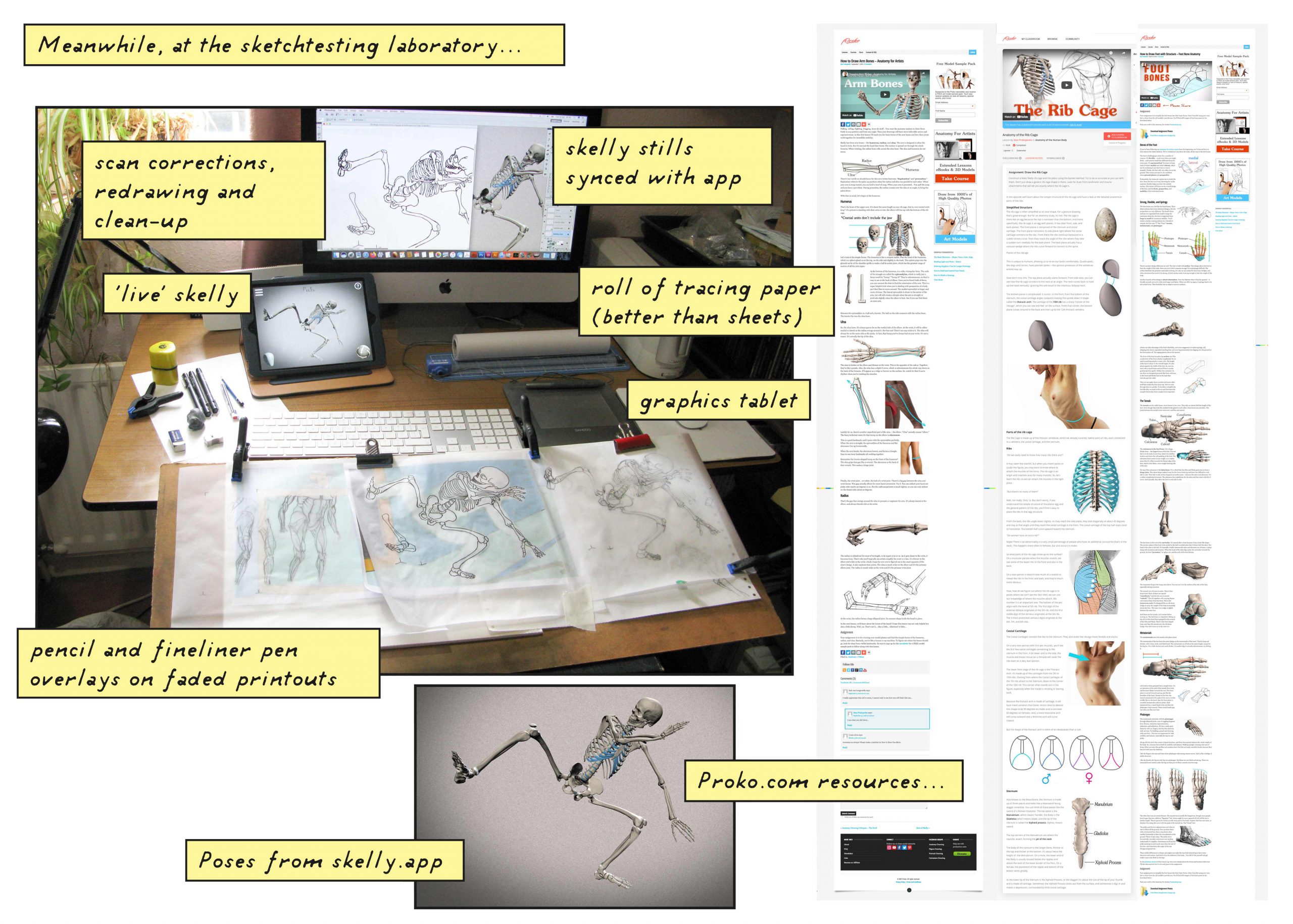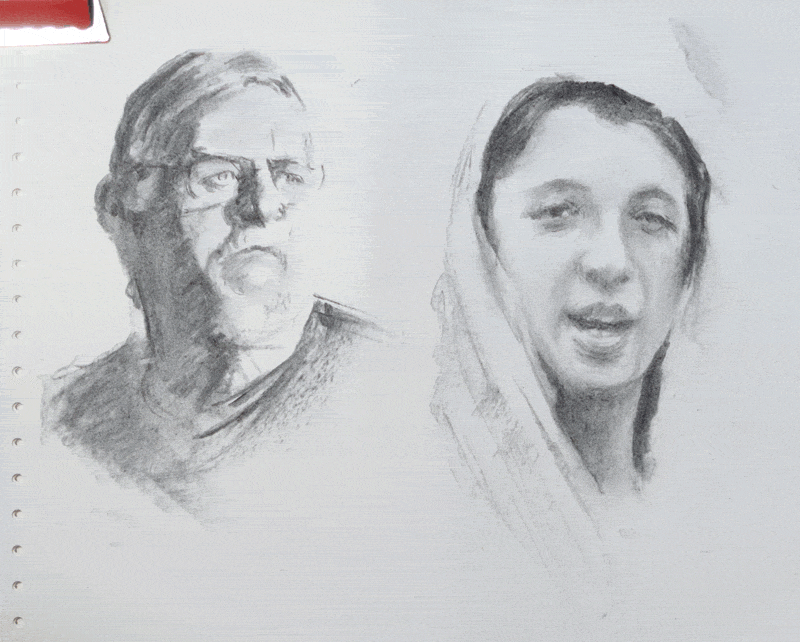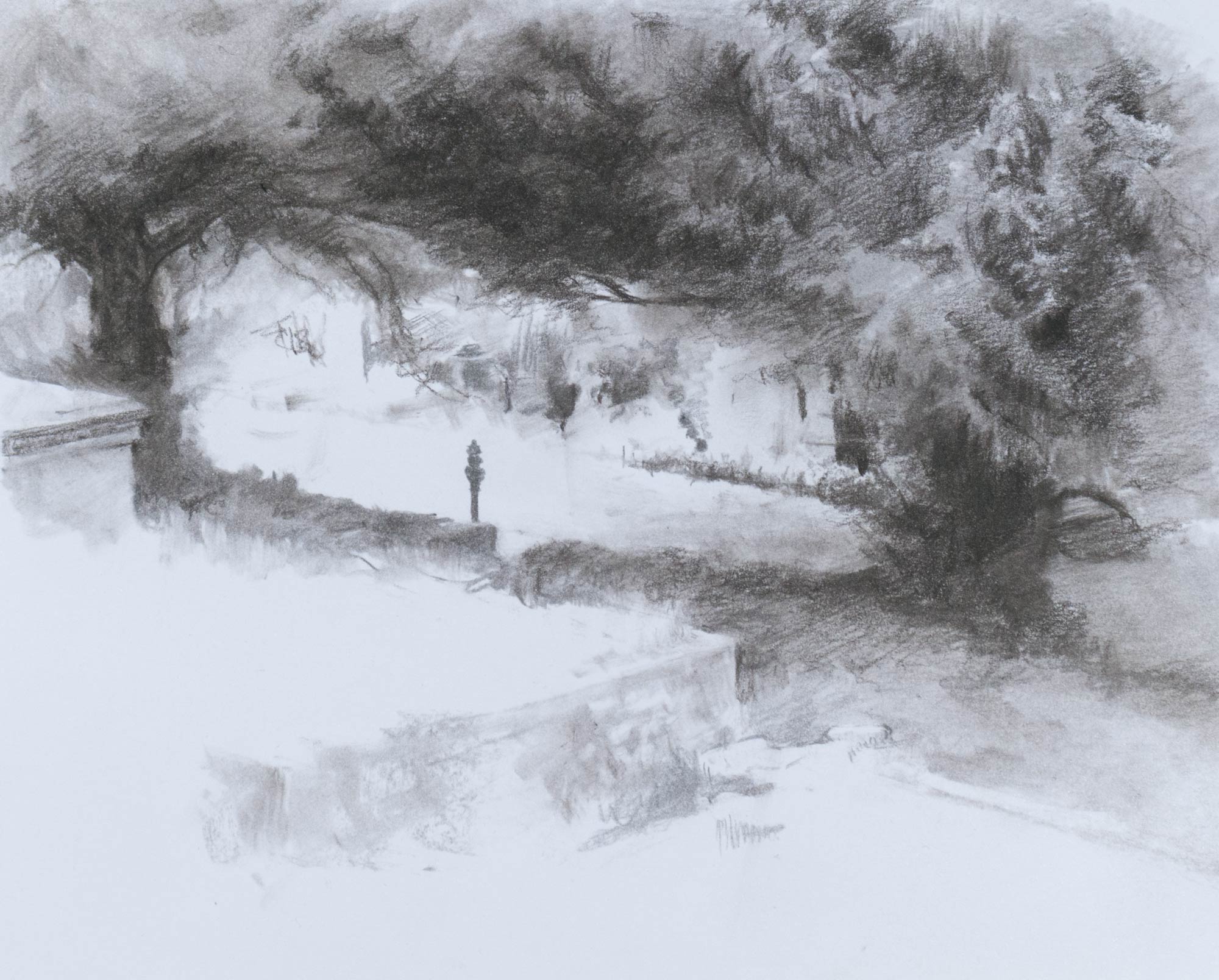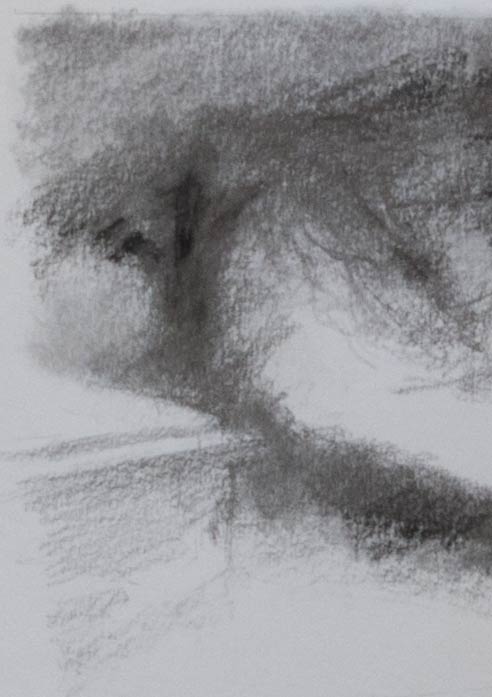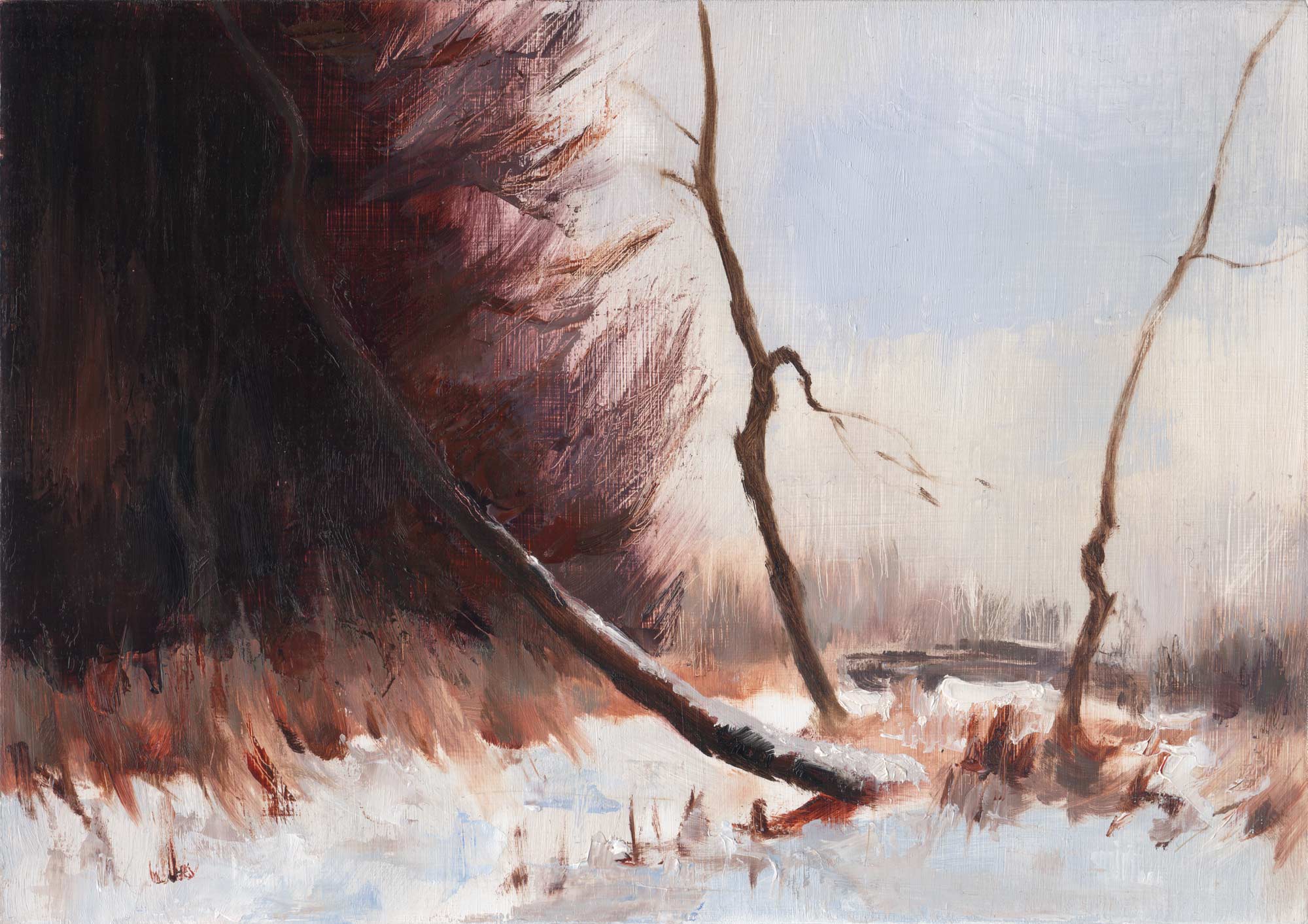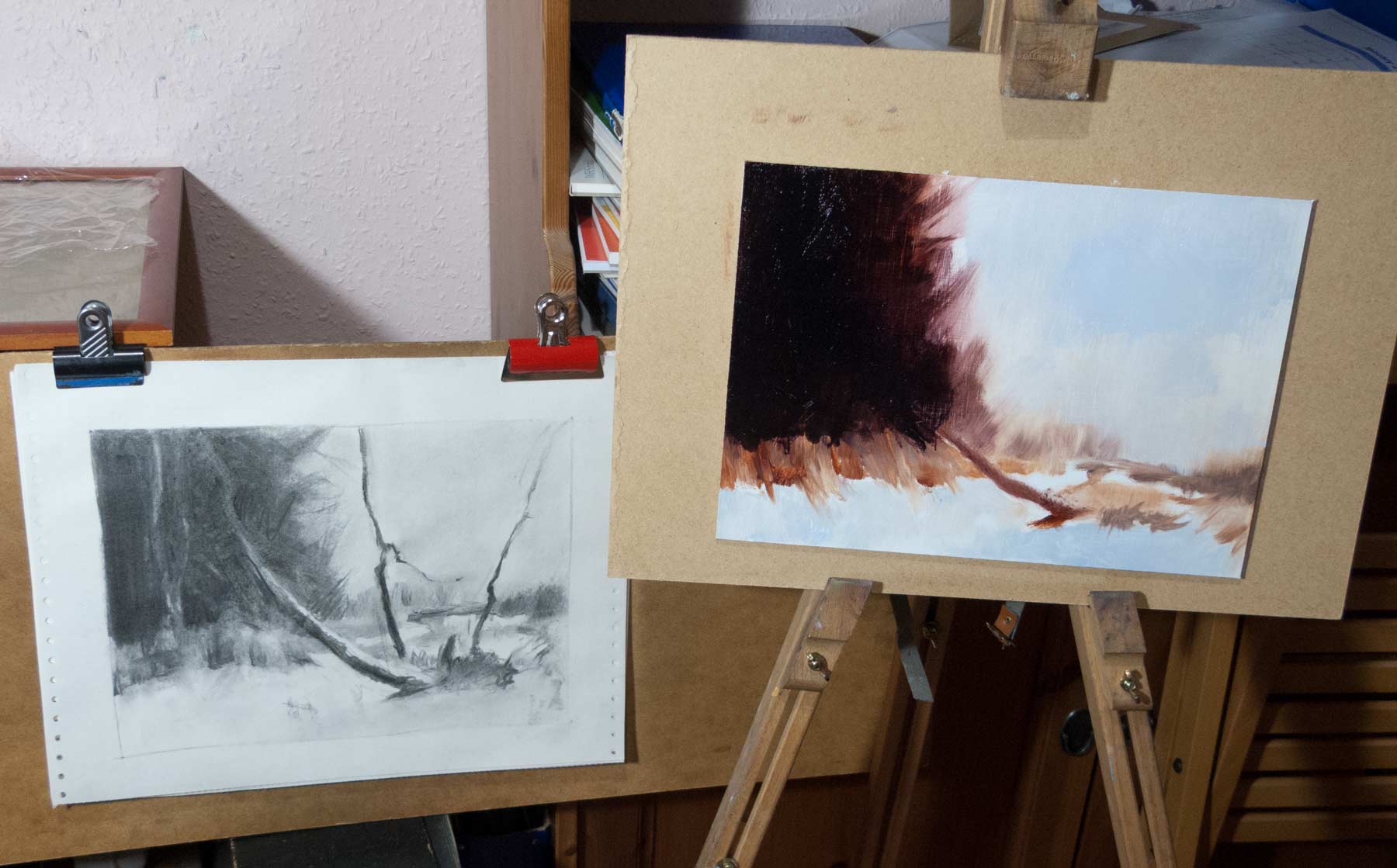It has been a few years since I posted here. I was talking a good game and writing all kinds of highfalutin stuff…. and then I would draw a figure with the arms too long and the head too large, and I realised I needed to stop talking and start drawing.
Not that I ever stopped drawing. In fact I’m probably drawing more now than I ever have. Or at least my focus on learning has become more deliberate and structured.
This is in part down to the New Masters Academy which is a subscription site with a range of skilled instructors who have pre-recorded courses and live feedback sessions. The Discord community there is very active. It’s a very inspiring place to be. Everyone is in the same boat of trying to learn this art thing. The same road blocks, the same frustrations keep coming up, which is in a way encouraging as it makes you realise that there are no shortcuts to building up a solid foundation of skills. And if you need advice or feedback there’s plenty of that available too.
A personal blog with posts and comments seems slightly old-fashioned now, even quaint. The world seems to have moved on from blog-rolls and tag-clouds on to platforms like Instagram or, what seems to be the new up-and-comer, Discord. Though James Gurney still puts out a post a day, and Stapleton Kearnes posted every day for over three years, though he’s gone quiet of late. (Perhaps he said everything he had to say. Or maybe he’s on Discord somewhere.)
In some ways this website is a kind of sketchbook, building up over the years, a record of some of the many problems and frustrations or discoveries and insights found along the way. It’s by no means complete. Sometimes typing it all out helps to clarify a problem, or at least it puts my thoughts in order. Sometimes it’s good to talk.
